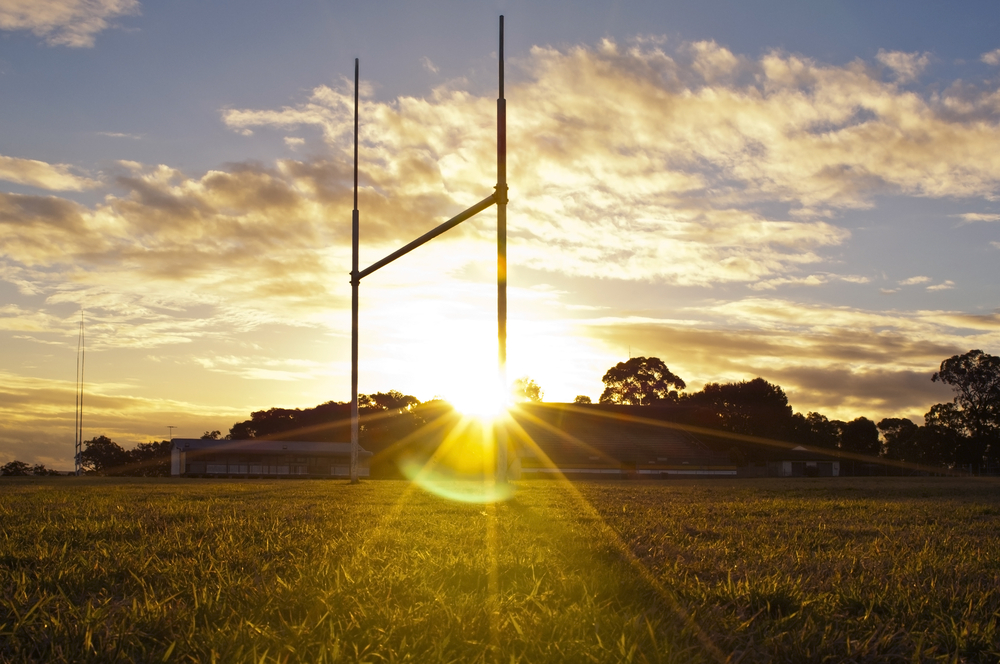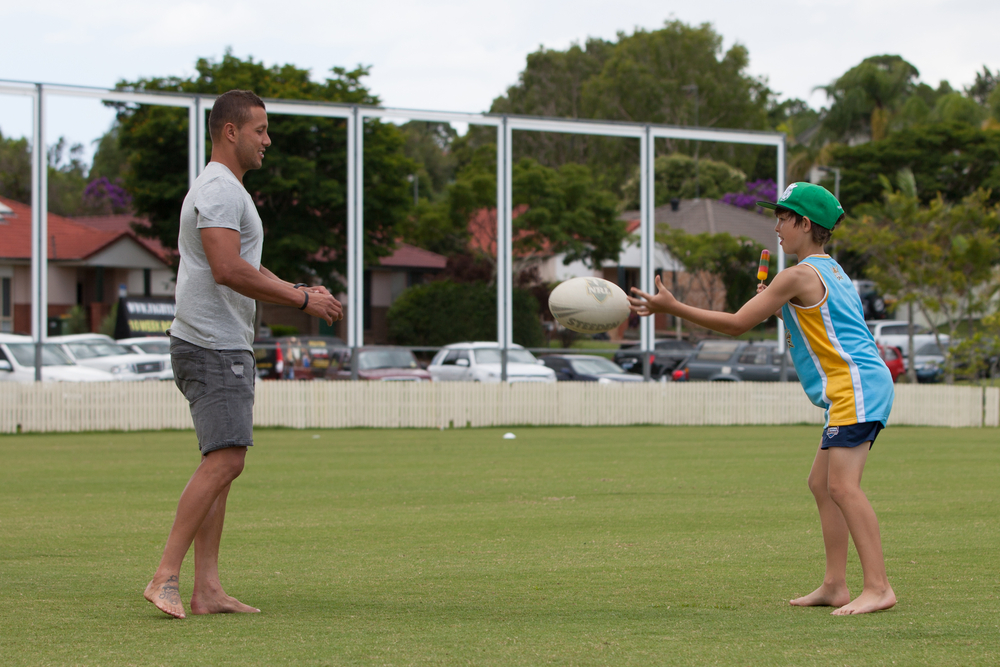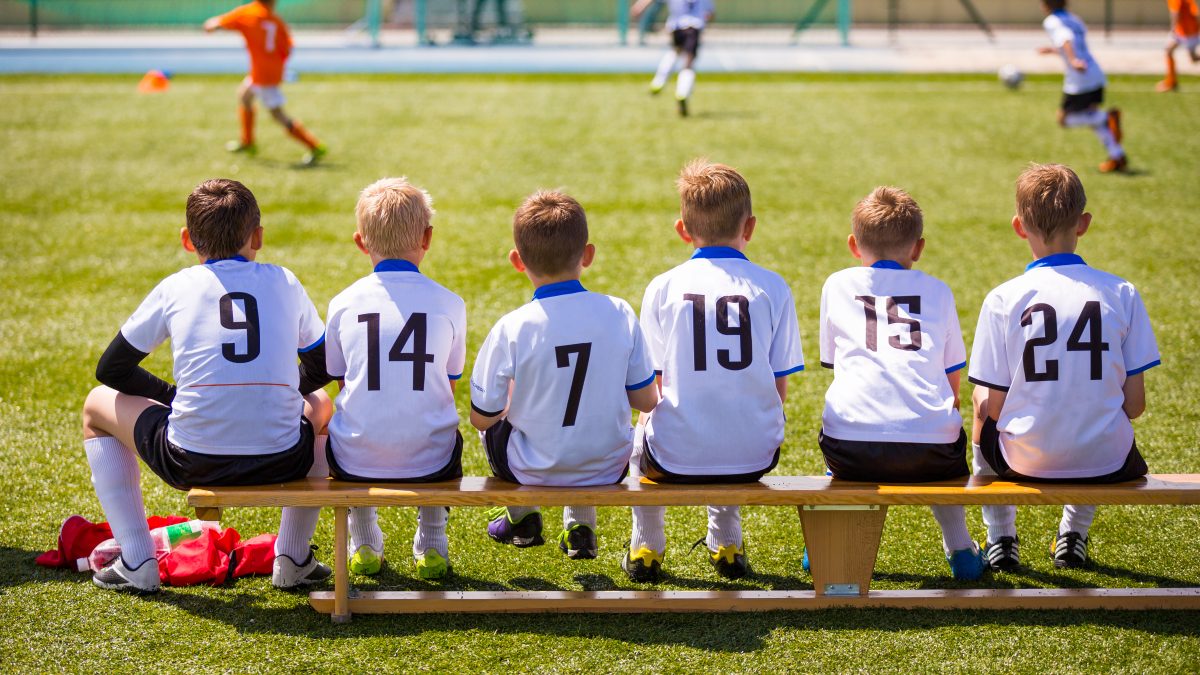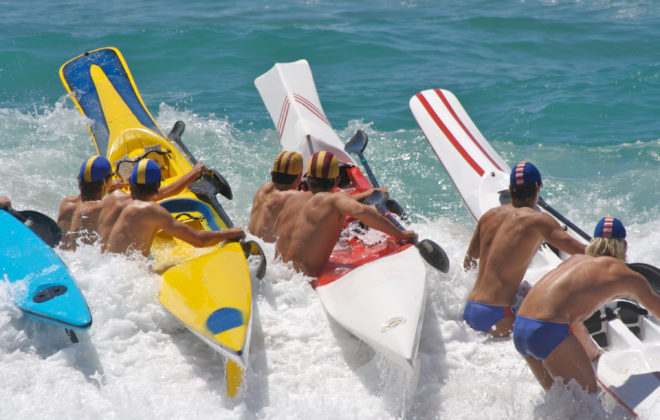Year Round Sport: A Dumb Idea.
Year Round Sport: A Dumb Idea.
By Wayne Goldsmith.
We know that the number of kids playing competitive sport all over the world is falling.
And we also know that governments and sporting organizations across the globe are all desperately seeking new and more innovative ways to turn around these alarming trends and to get more kids and families engaged with sport and physical activity.
One strategy that has evolved over the past few years is that of sporting organizations implementing Year Round Sport, i.e. where kids play the same sport all year – every year.
If you’re in a sporting organization – a Club, a Regional, a State or a National sporting organization you probably think Year Round Sport is a good idea!
More kids playing your sport more often….who can argue with that? Isn’t that what we all want?
But it’s not a great idea!
It’s a dumb idea and it’s going to backfire on you.

Why Year Round Sport?
There’s a great phrase about “walking a mile in another person’s shoes” to understand why they do what they do.
If you’ve been appointed as a CEO of a sporting organization or the National Sports Participation Manager or the Regional Sport Development Manager, your work performance is going to be measured by two outcomes:
- The number of participants in your sport, i.e. Quantitative measures;
- The level of satisfaction reported by the participants of the sports experience provided by your sport, i.e. Qualitative measures.
One of your KPIS – Key Performance Indicators will be to demonstrate that your programs and your initiatives have increased the numbers of participants in your sport. Naturally, you’re going to look for ways to what we call GTR – Gain, Train and Retain kids – i.e. attract them to the sport, support them with great training and learning experiences and create an environment where they learn to love the sport and they don’t want to leave.
In the past, growth in sports participation has relied on a range of different factors…national advertising and marketing campaigns…all new – all singing – all dancing sports participation programs….the success of the National team and elite athletes…..sporting organizations have relied on the same list of participation growth strategies for the past 50 years.
More recently, sporting organizations have come up with a range of “modified” versions of their sport to try to attract a new generation of participants but these strategies have for the most part made little or no lasting impact.
However, increasingly, sporting organizations have begun targeting the seasonal fluctuations traditionally experienced by their sport, i.e. where kids play a football code in winter then a summer sport in the warmer seasons, as a potential strategy to address their falling participation rates.
As a result, Year Round Sport has become a commonly used strategy to address falling participation rates – which ostensibly solves one of the sport’s industries biggest problems…but is likely to create many, many more.
Year Round Sport: We’re in a Sporting Dog-Fight.
If you’re in a participation growing role in Football for example, you do not care about the participation rates of the other football codes. Or the falling numbers in netball. Or the disastrous collapses in participation experienced by Athletics, Swimming, Gymnastics, Diving, Rowing and other Olympic sports particularly in rural and regional areas.
As sporting organizations increasingly look to increase their participation numbers by extending their sports product offering to outside their traditional seasons, it’s becoming a Sporting “dog-fight”.
Sure, in the short-term, offering winter sports to young kids in summer will solve a few of your problems, make your numbers appear to be growing positively so that your Board, your stakeholders, your sponsors and the media all believe you’re doing a great job.
But thinking broader about the long-term development of kids and the survival of the sports industry, you’re creating a mess which will result in the demise of sport – including your sport – as we know it.
It’s the End for Seasonal Sports.
The big loser in this push for Year Round Sport will be the Olympic sports who’ve relied on “seasonal” participation for survival.
Typically kids have played one of the football codes in winter, then shifted their attention to swimming or tennis or cricket or baseball or another summer sport as the temperature rises.
This “natural” seasonal participation fluctuation has been – according to extensive research conducted over a long period of time – a very positive thing. It has minimized the likelihood of early specialization and given the kids and their families a mental, physical and time commitment break from their winter sport.
One strategy that Football is employing (and many other sports are doing this as well so as to not single out Football) is to offer Year Round Sport options which commence immediately after the traditional end to the Winter sports season. So a young footballer can play 11-a-side football in winter, then immediately transition into a short 9-a-side competition followed soon after by a 5-a-side football competition which concludes just as training for the 11-a-side winter competition re-commences.
In addition, some sporting codes are offering heavily subsidized registration fees so that it is financially appealing for parents to keep taking their children to the Winter sport option rather than pay the additional registration and training fees of the Summer sports choice, i.e. paying one fee and completing only one set of administration forms which cover all forms of the game all year round.
Example: Football and Swimming.
Imagine you’re a 14-year-old who’s played football with your friends every winter for the past 5 years. And then in summer, when football is over, every year you’ve headed down to the pool to start training and preparing for the swimming season.
Now Football is offering a Nine-a-Side competition which commences immediately at the end of the traditional Winter season. Once the Nine-a-Side competition ends, there’s 5-a-Side football which is a fast, explosive game played over two x 20 minute halves on a tennis court size playing field surrounded by 10 metre high netting so you can bounce the ball of the walls, the netting etc.
The Football Club is also offering a subsidized registration fee where the one payment covers all forms of the game – for a full 12 months.
Swimming in contrast has changed little over the past 50 years. Early mornings. Challenging and demanding training commitments. Long, dull, unimaginative competitions which require the commitment of you and your family all weekend. Add to that, there’s Swimming Association registration fees, coaching fees, pool entry fees, competition event fees and equipment costs. (It is, as a swimming coach recently expressed to the author, “The least appealing sport for kids and families on the planet”).
So your choice is you can go to the pool at 5 am, six mornings a week, train lap after lap under the direction of a coach who stands at the end of the pool yelling times and technical instructions to prepare you to attend long, tedious, two-day Swim Meets where you spend most of your time sitting in the stands, pay for coaching and pool entry and events OR…
You can continue playing football all year round with your friends – for little or no additional cost.
There is of course a need for the Olympic sports to commit to a significant change agenda across all aspects of their coaching, competition structures, officiating, administration etc. etc. but the Year Round Sport strategy currently gaining momentum in many of the professional sports, football codes etc. is considerably increasing the pressure on the Olympic sports for their very survival.

And it’s the Death of Olympic Sport in Rural and Regional Areas.
Of all the places where Year Round Sport strategies are likely to hurt the most, it will be in the communities which are the least able to handle it: rural and regional areas.
Many Sporting Clubs, Coaches, Sporting Facility owners, District and Regional sporting organizations and other stakeholders have relied on the seasonal participation fluctuations for survival.
We are already seeing evidence – particularly in the traditional Olympic sports – of significant reductions in the numbers of kids playing competitive sport outside of metropolitan areas.
As the football codes and the better funded sports increase their focus on growing participation in their traditional “off-seasons” this trend will only continue and even accelerate over the next few years.
In some rural and regional areas, many traditional Olympic sports are dead or at least dying and unfortunately – tragically – there’s no way back for them. It’s over!
And Here’s the Saddest and Dumbest Thing of All – It’s Going to Backfire on You!
The saddest and dumbest thing of all about this is – if you’re currently driving a Year Round Sport strategy – and thinking smugly that you’ve got it right and that you’ve come up with the miracle solution to address falling participation rates – it is going to backfire on you.
By effectively pushing and pulling kids and families to connect with your sport exclusively year round from relatively young ages the risk of them:
a. Burning out early;
b. Getting bored and sick to death of your sport at an earlier stage;
c. Having them walk away from sport altogether….
has increased dramatically!
In effect, by only considering the short-term gain of de-seasoning your sport and by focusing on growing the participation rate of your sport at the expense of other sports you are also increasing the likelihood of killing your own sport.
Sure – for the next few years, your stakeholders, your Clubs, your coaches will think it’s all rosy and wonderful as they see the numbers of kids participating in your sport grow over the “off-season”: for a while it will be wonderful and you’ll be heralded as a genius.
But, longer term, the Year Round Sport strategy is a dangerous one.
It’s a flawed strategy likely to not only destroy many sporting opportunities in rural and regional areas and to permanently damage the traditional Olympic sports but it will also inevitably, eventually bite you on the backside and harm sports participation overall.
Summary:
- Year Round Sport is the latest of a series of flawed strategies that sporting organizations are implementing to try to increase their falling participation rates. In effect, Year Round Sport means providing kids and families with difficult to ignore opportunities to play the same sport all year round and thereby eliminating the challenges and threats of losing “clients” to “seasonal” sport.
- However, whilst the Year Round Sport strategy may have some short-term gains in participation, longer term having kids play the same sport all year round is unlikely to either decrease the mid-teen drop out rate or enhance the performance of competitive athletes at the elite end of sport.
- Year Round Sport is yet another short-sighted strategy implemented by sporting organizations increasingly desperate to address their falling participation rates. The fact that Year Round Sport strategies may positively impact on the participation rates in some sports while effectively destroying other sports – particularly in rural and regional areas is shameful.
- Sporting Organizations at all levels need to look at delivering quality sports experiences for kids of all ages and at all stages of development which do not rely on the premature exclusive commitment to one sport to the detriment of all others.
Check out my book about Leadership – “Leading Without Leading” available now at:
IBooks https://itunes.apple.com/au/book/leading-without-leading/id1444266154?mt=11&ign-mpt=uo%3D4
Amazon https://www.amazon.com/dp/1980980756
Kobo https://www.kobo.com/au/en/ebook/leading-without-leading
My Store at https://wgcoaching.com/product/leading-without-leading-print/
Tags In
Related Posts
1 Comment
Leave a Reply Cancel reply
Categories
- Athlete Development (3)
- Coach Development (1)
- New Sport (10)
- Sports Parenting (1)
- Sports Participation (1)
- Sports Science (1)
- Sports Systems (4)







[…] Then there was the cover up period, where sports were double and triple counting participants, count… […]